Fleas & worming
For many pets, flea & worming treatments form an essential part of routine healthcare. Preventive care is safer, easier, and more comfortable for your pet.
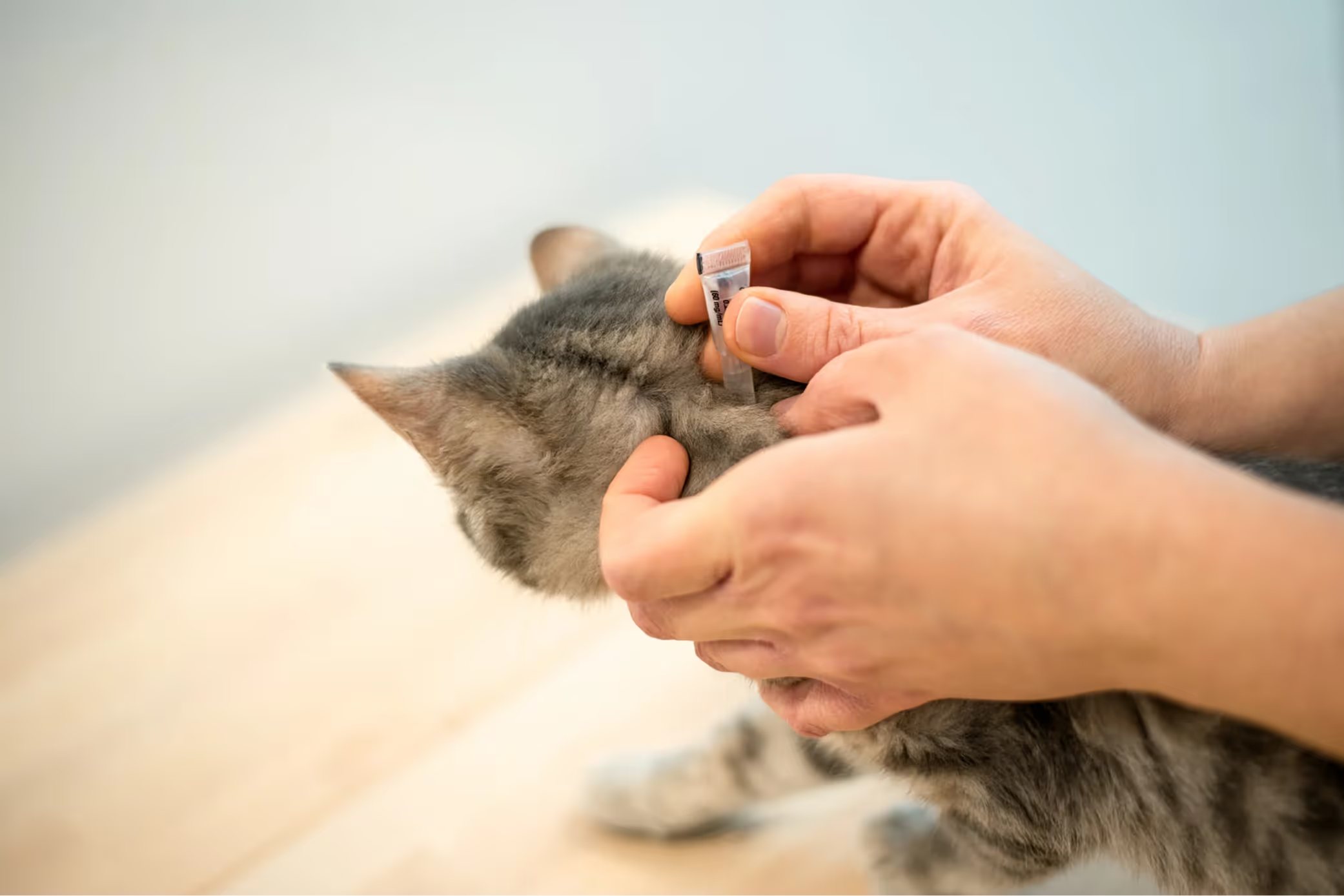
For many pets, flea & worming treatments form an essential part of routine healthcare. Preventive care is safer, easier, and more comfortable for your pet.


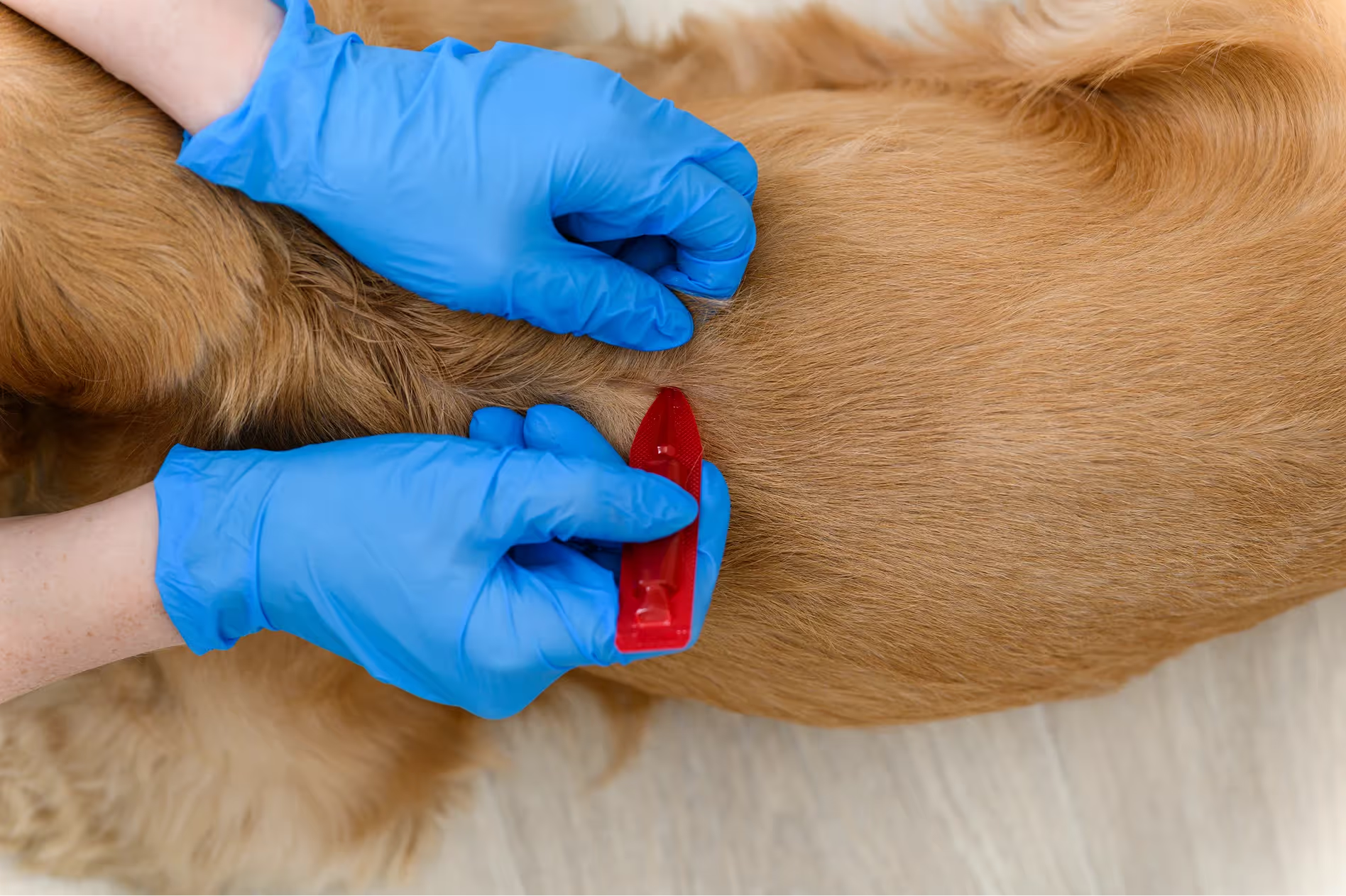
We talk actively with our clients about when flea, tick and worming treatments are actually necessary, as blanket monthly treatments aren’t always helpful.

We offer a wide range of flea and tick preventatives, including spot-on treatments and chewable tablets. Some products provide protection for one month, while others last up to three months—allowing us to tailor the treatment to suit your pet’s needs and your lifestyle.
For cats, we have both spot-on and chewable tablet treatments; for dogs, we offer chewable tablets. These products protect against common intestinal worms such as roundworm, tapeworm and hookworm, as well as lungworm in dogs.
If you discover fleas on your pet, don't worry—we’re here to help. Read our step-by-step guide above outlining how to treat your pet and home effectively and prevent re-infestation. Don’t hesitate to reach out for further advice or product recommendations.
If you’re unsure which flea or worming treatment is right for your pet, or if you suspect they may be affected, feel free to contact us. We’re happy to offer advice or book a consultation with one of our vets for a thorough check-up.
For flea treatment, we typically offer Bravecto Plus and Credelio chewable tablets (monthly). For worming, we usually have Droncit and Milpro tablets available.
For flea treatment we typically offer Credelio Plus oral tablets and Bravecto tablets. For worming, we usually offer Droncit tablets and Milpro tablets.
Common signs to look out for are diarrhoea and/or bloody stools, vomiting or signs of nausea, a bloated stomach, and noticeable weight loss. If you notice any of these symptoms, it’s a good idea to get your pet checked — early treatment can help prevent complications.
Common signs include excessive scratching, hair loss, and tiny black specks in their fur. In some cases, you might also see live fleas moving through their coat. If you notice any of these signs, it's worth checking in with your vet for advice on the best treatment.
It depends on your individual situation, but in general, indoor cats are at lower risk than those who spend time outside. You likely won’t need to treat as regularly — for many indoor cats, once a year may be enough. That said, fleas and worm eggs can still be brought into the home on shoes, clothing, or other pets, so there is always a small risk. If you're unsure what's right for your cat, we’re happy to offer personalised advice.
This will depend on which treatment your pet is on as different treatments protect for different time frames.
We do not currently offer monthly healthcare plans because a one-size-fits-all approach doesn’t suit every pet’s needs and may not be cost-effective for you. Instead, we recommend registering your pet and booking an initial health check for £65. Following that, you can get flea and worm products without another vet visit for up to 12 months. You can buy these products from us or request a written prescription for £16 to purchase them online at a lower cost.

We've redesigned vet care, from your pet's perspective. Calming care in clinics purpose-built for anxious pets.

Instant WhatsApp advice and same-day appointments. We team up with you at every step because you know your pet best.

“We built Hello Vet on the belief that fully cared-for clinicians provide better care for every pet.”
Dr. Christian LeVan, Clinical Director
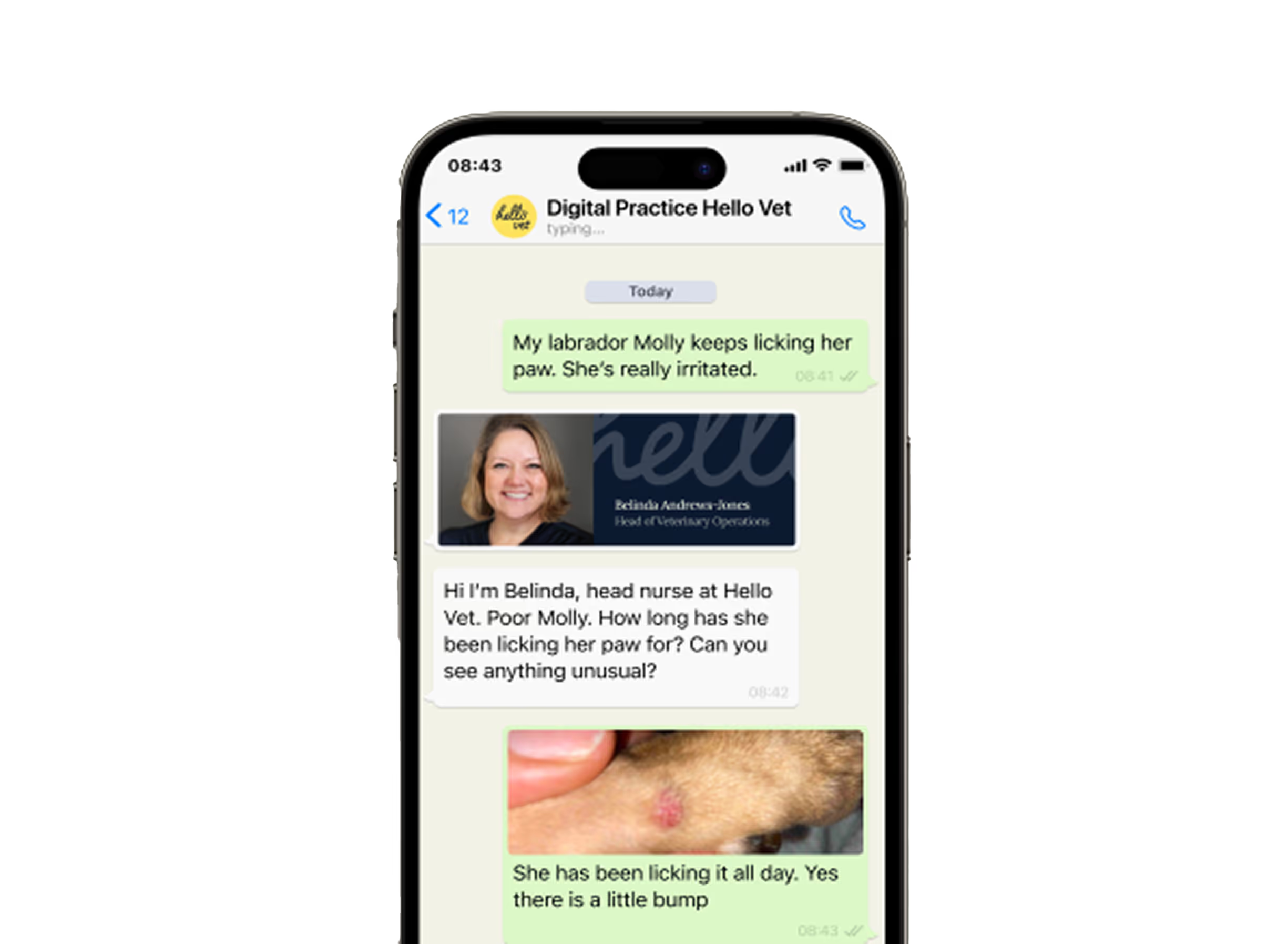
Free advice over WhatsApp, provided by our clinical team. We've saved our clients thousands in fees.
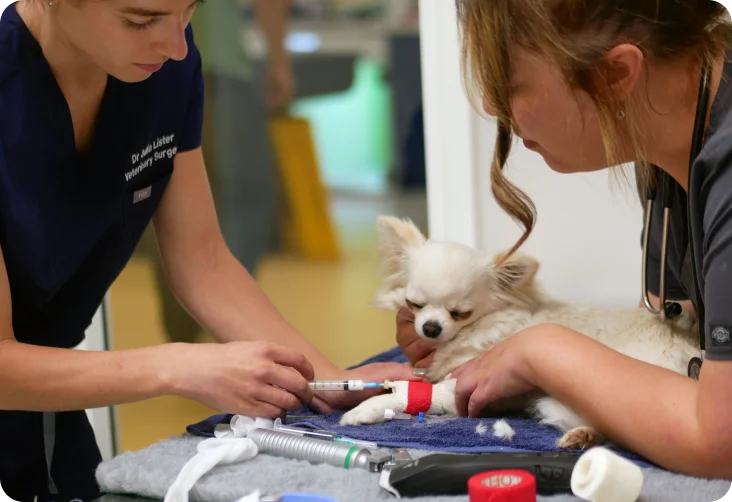
We’re the UK’s first vet to let you stay with your pet during procedures, when they need you most.

Our clinics are designed by vets to keep anxious pets calm. Sunken scales, separate waiting areas, treats. Open 7 days a week.
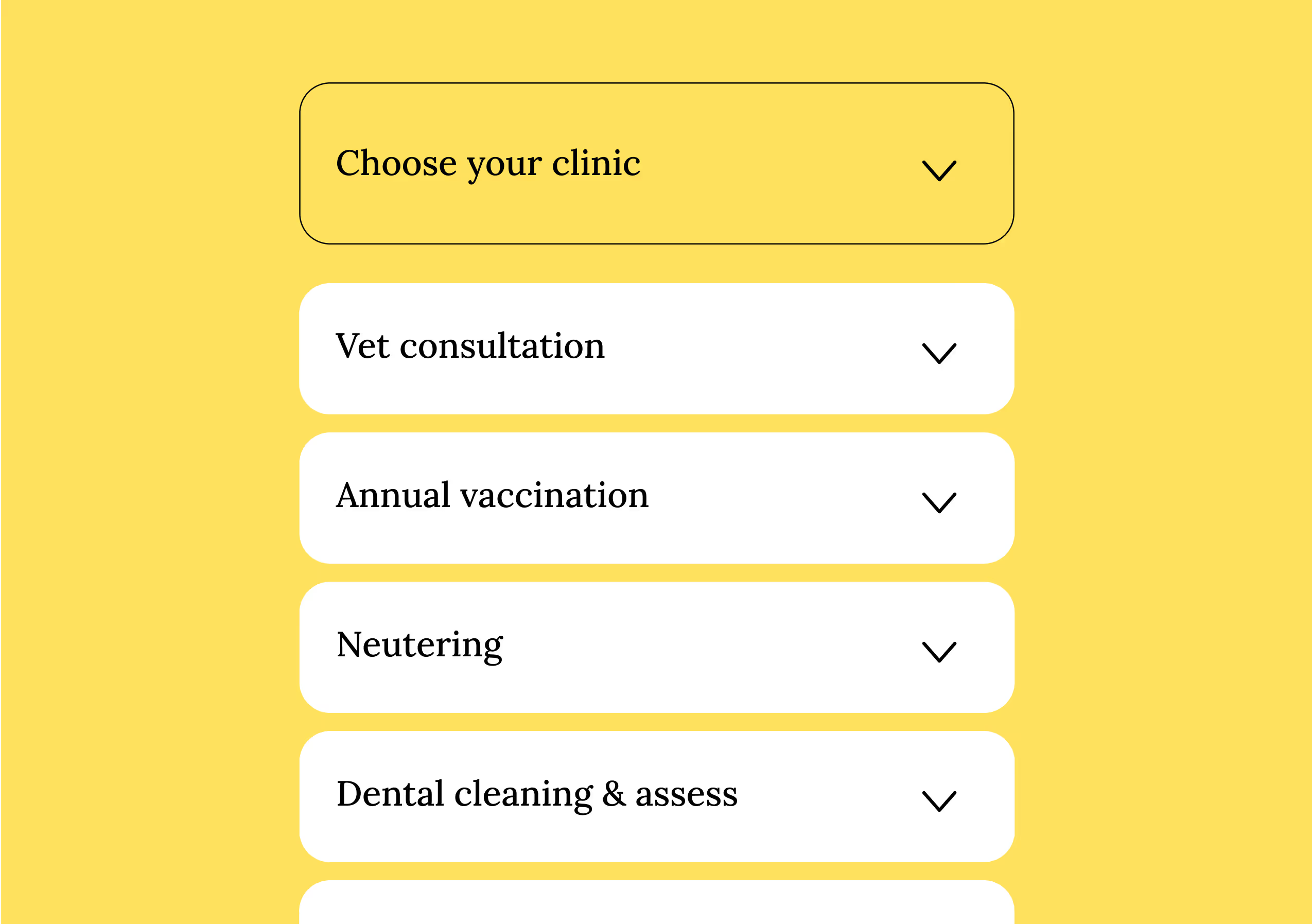
Our prices are public, we share cost estimates upfront and we offer contextualised care, exploring treatment options for every budget.